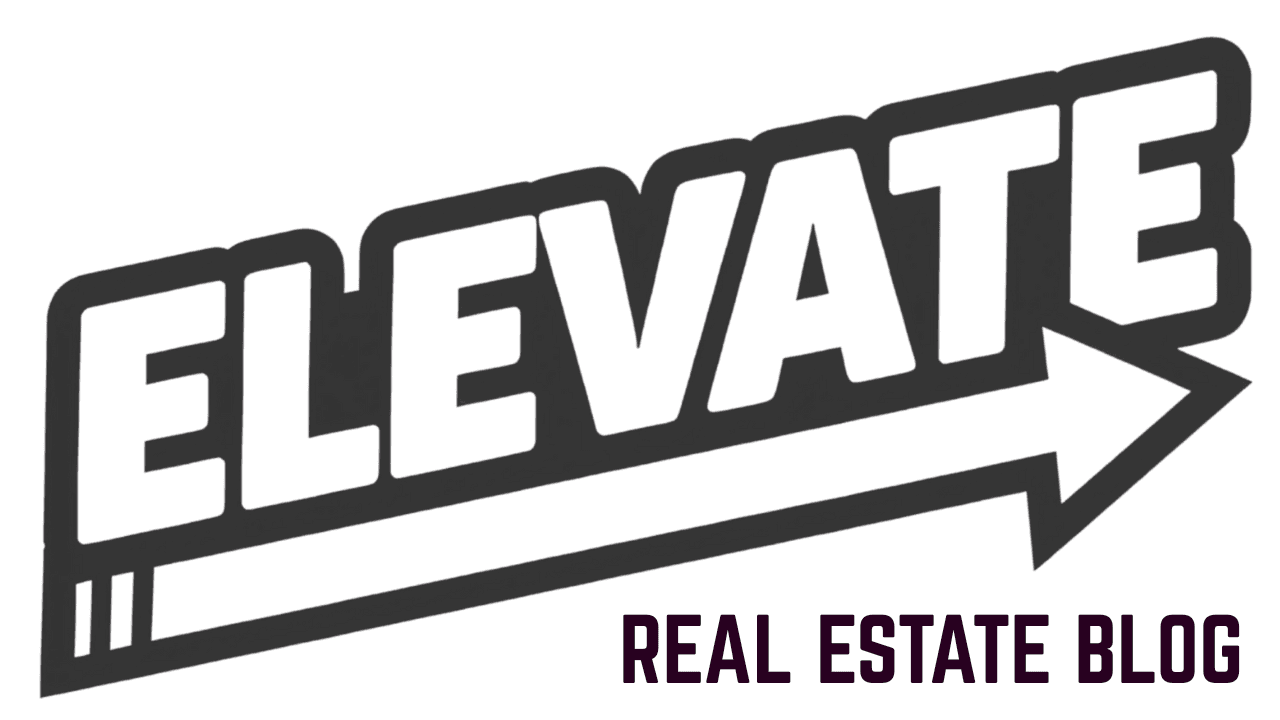Brokerages across multiple sectors are documenting measurable success with AI production systems. The data reveals concrete improvements in efficiency, profitability, and client engagement. Here are the real numbers and outcomes from brokerages that made the transition.
Insurance Brokerages Lead the Charge
Insurance brokerages have emerged as early adopters with compelling results. Research shows 84.2% of brokerages with over $100 million in revenue have invested in generative AI, compared to 60% of smaller firms.
One insurance brokerage implemented an AI platform featuring Loss Run Analysis, Coverage Analysis, Statement of Value comparison, and an Ask Anything Agent tool. The results were quantifiable:
- Staff members saved 7.5 hours per week on average
- Agency achieved 244% return on investment
- Producers under 35 with AI access generated book sizes averaging $168,000 larger than peers without access

The efficiency gains translated directly to business growth. Younger producers leveraged AI tools to accelerate prospecting and client analysis, resulting in higher new business generation rates. The technology bridged the experience gap between junior and senior team members.
Real Estate Brokerage Transformations
Real estate brokerages show consistent success across diverse market conditions. Data from over 150 client implementations across 47 markets demonstrates AI systems effectively handle volume fluctuations while maintaining service quality.
These implementations spanned brokerages ranging from 5 to 500 agents. All met success criteria of minimum 50% improvement in targeted metrics. The systems proved adaptable to different market sizes and agent volumes.
Key performance improvements included:
- Automated lead qualification and scoring
- Streamlined transaction management
- Enhanced client communication workflows
- Predictive market analysis capabilities

Brokerages report reduced administrative burden on agents, allowing more focus on client relationships and deal closure. The technology handles routine tasks while agents concentrate on high-value activities.
Modern platforms like PWRU's Pulse Intelligence integrate seamlessly into existing workflows, providing agents with actionable market insights and automated client engagement tools. The system learns from agent behavior patterns to optimize lead prioritization and follow-up sequences.
Commercial Real Estate Breakthroughs
Commercial real estate brokers highlight AI's impact on core business assets: knowledge and time. The technology enhances market knowledge through data interpretation and streamlines both prospecting and deal execution processes.
One commercial broker described how AI tools funnel prospects from thousands down to dozens, significantly accelerating deal paths. The system analyzes market data, property histories, and buyer behavior patterns to identify high-probability opportunities.
Specific improvements include:
- Faster property valuation analysis
- Automated comparable sales research
- Enhanced client matching algorithms
- Streamlined proposal generation

The broker noted that AI doesn't replace expertise but amplifies it. Complex market analysis that previously required hours of research now happens in minutes, allowing brokers to serve more clients effectively.
Investment and Wealth Management Wins
Morgan Stanley invested substantially in AI to support financial advisors. The firm uses internal-facing chatbots powered by large language models to deliver relevant insights and content to financial advisors.
The implementation drives efficiency and scalability. Financial advisors access personalized client communication tools and enhanced recommendation systems. The bank employs data analytics and machine learning to optimize client engagement strategies.
Mid-sized asset managers with $500 billion in assets under management capture 25 to 40 percent of total cost base efficiencies through AI-driven workflow optimization. Early benefits emerge in top-line growth through optimized portfolio construction and targeted client engagement.
Key Success Factors
Successful brokerages share common implementation characteristics:
Clear Success Metrics: Brokerages define specific improvement targets before implementation. Whether measuring time savings, ROI, or client satisfaction, clear metrics guide system configuration and training.
Staff Training and Adoption: Successful implementations include comprehensive training programs. Brokerages invest in helping team members understand and utilize AI capabilities effectively.
Gradual Integration: Rather than wholesale system replacements, successful brokerages integrate AI tools into existing workflows progressively. This approach reduces disruption and allows for continuous optimization.

Data Quality Management: AI systems require clean, organized data to function effectively. Successful brokerages invest in data hygiene and standardization before implementation.
Implementation Strategies
Brokerages achieve success through structured implementation approaches:
Phase 1: Assessment and Planning
- Current workflow analysis
- Technology gap identification
- Success metric definition
- Team readiness evaluation
Phase 2: Pilot Programs
- Limited scope testing
- Small team implementation
- Performance monitoring
- Feedback collection and analysis
Phase 3: Full Deployment
- Organization-wide rollout
- Comprehensive training delivery
- Ongoing performance tracking
- Continuous optimization
Brokerages looking to implement comprehensive AI systems can explore PWRU's Brokerage Performance Suite through a demo session to understand specific capabilities and implementation pathways.
Measuring ROI and Performance
Successful brokerages track multiple performance indicators:
Time Efficiency Metrics
- Hours saved per agent per week
- Reduced administrative task completion time
- Faster client response rates
- Accelerated deal processing timelines
Revenue Impact Indicators
- Increased deal closure rates
- Higher average transaction values
- Expanded client acquisition rates
- Improved client retention percentages

Operational Effectiveness Measures
- Error reduction rates
- Quality consistency scores
- Client satisfaction improvements
- Team productivity increases
The most successful implementations show improvements across all measurement categories. Brokerages report that AI systems create compounding benefits, with efficiency gains enabling revenue growth opportunities that further justify technology investments.
Next Steps for Brokerages
Brokerages considering AI production systems should start with specific use case identification. Rather than broad technology adoption, focus on particular pain points or efficiency opportunities.
Consider beginning with client communication automation, lead scoring, or market analysis tools. These applications typically show quick results and build organizational confidence in AI capabilities.
For agents seeking individual productivity improvements, platforms like PWRU offer comprehensive AI-powered tools that integrate with existing business processes. The technology provides immediate value while requiring minimal workflow disruption.
Success stories demonstrate that AI production systems deliver measurable business improvements across brokerage types and sizes. The key lies in strategic implementation, clear success metrics, and commitment to ongoing optimization.




